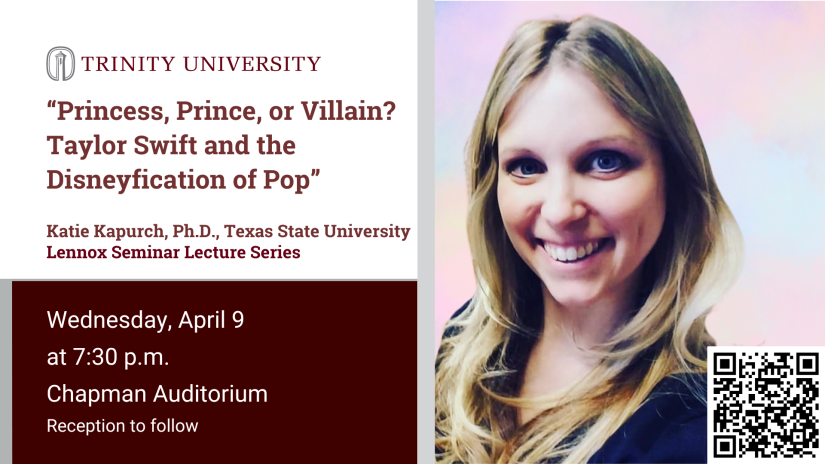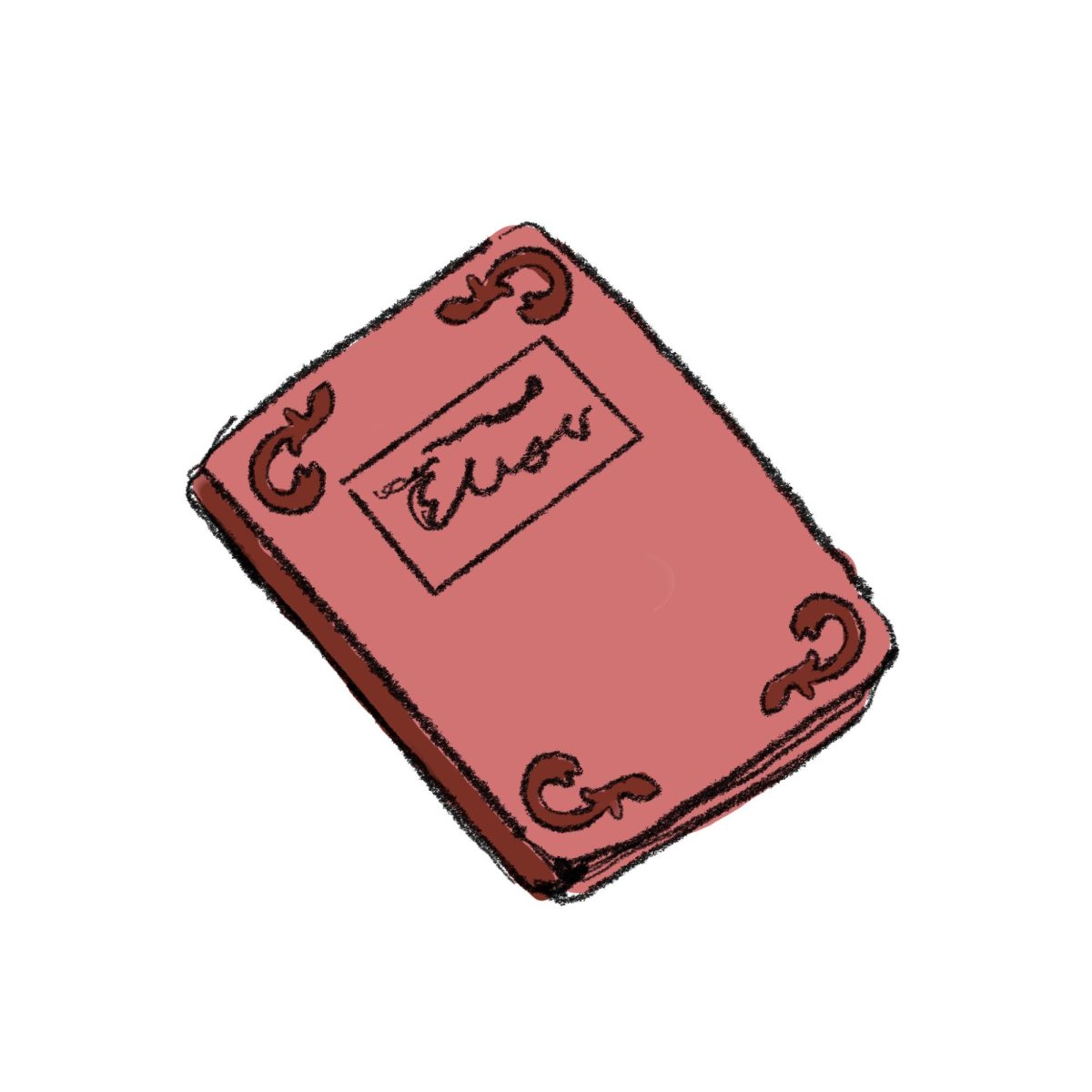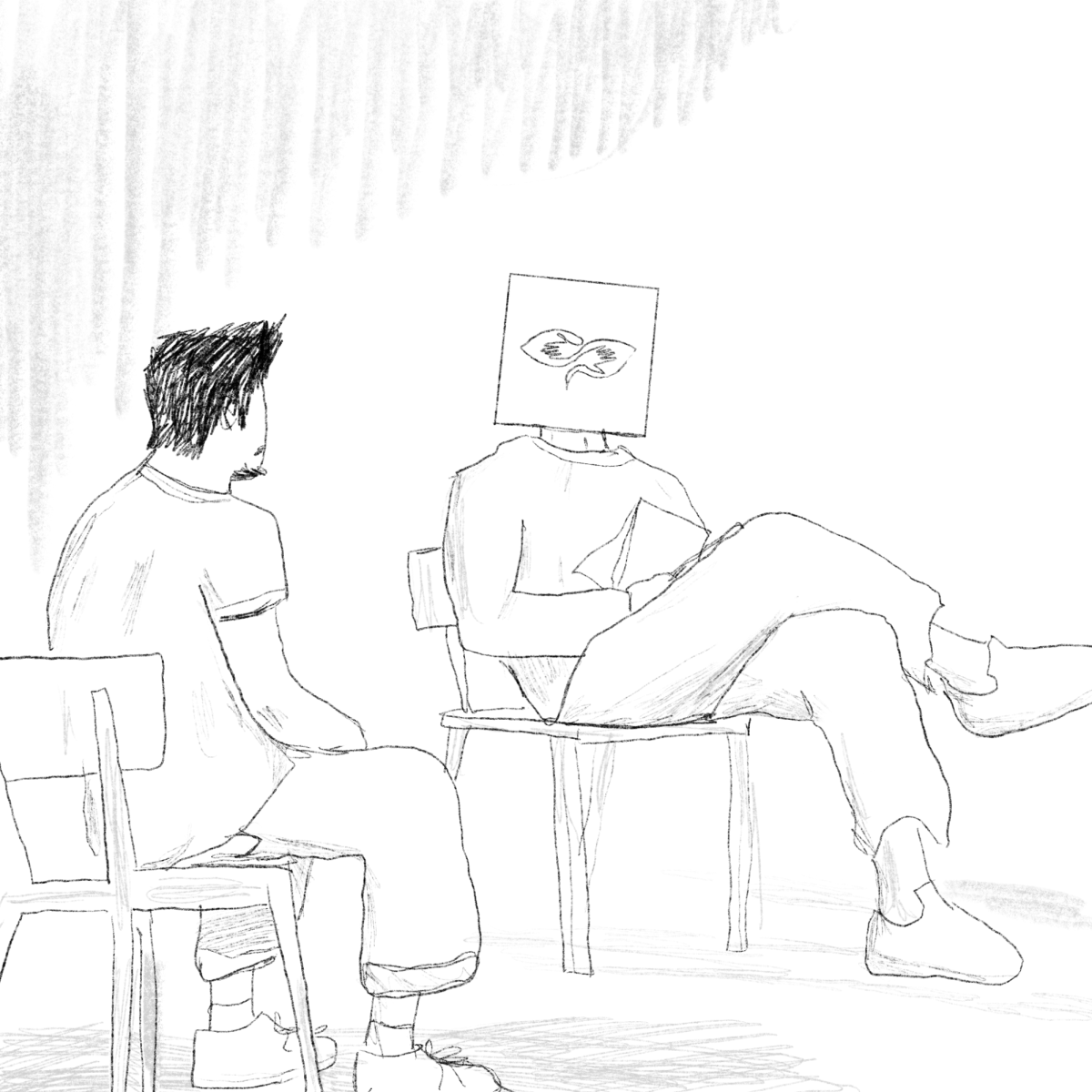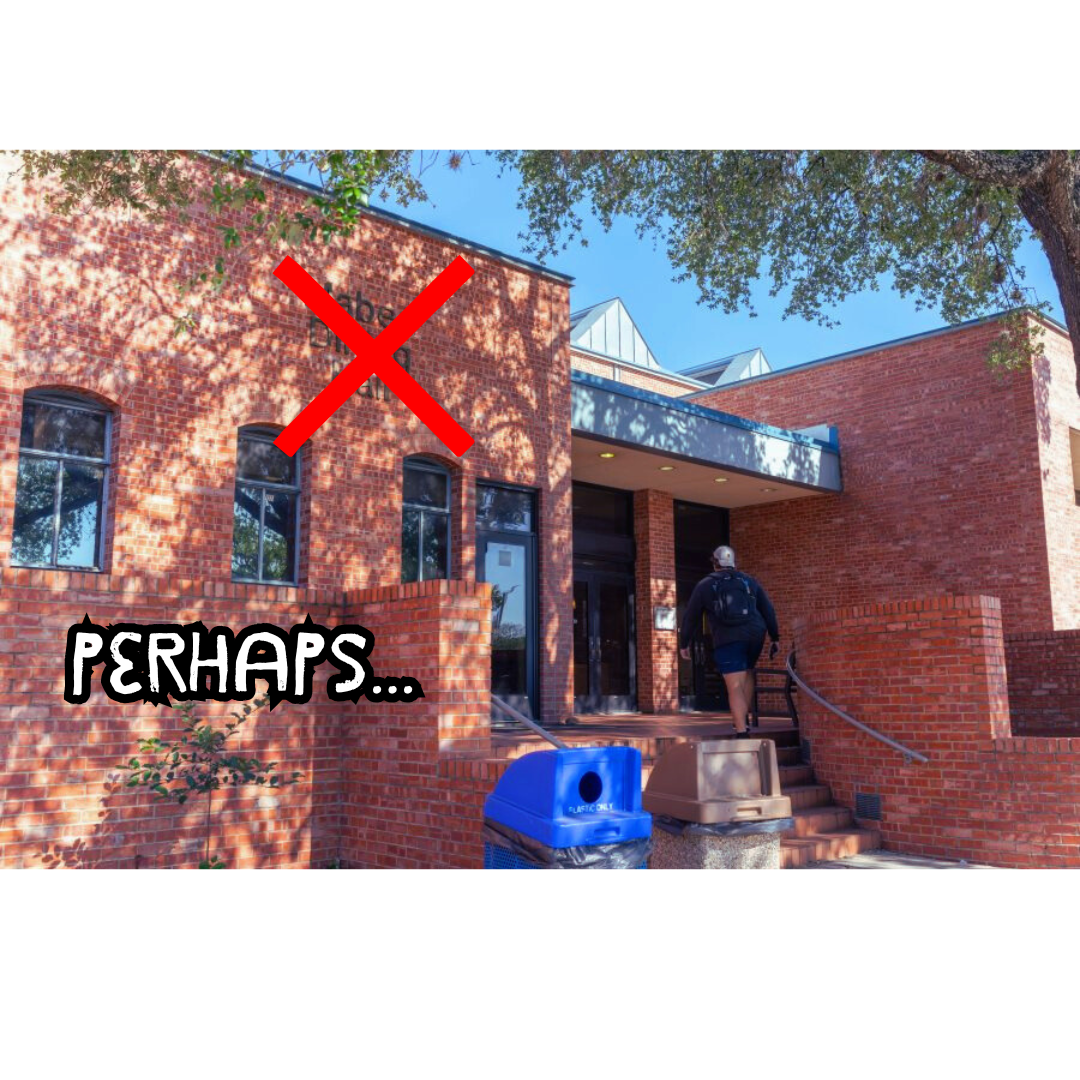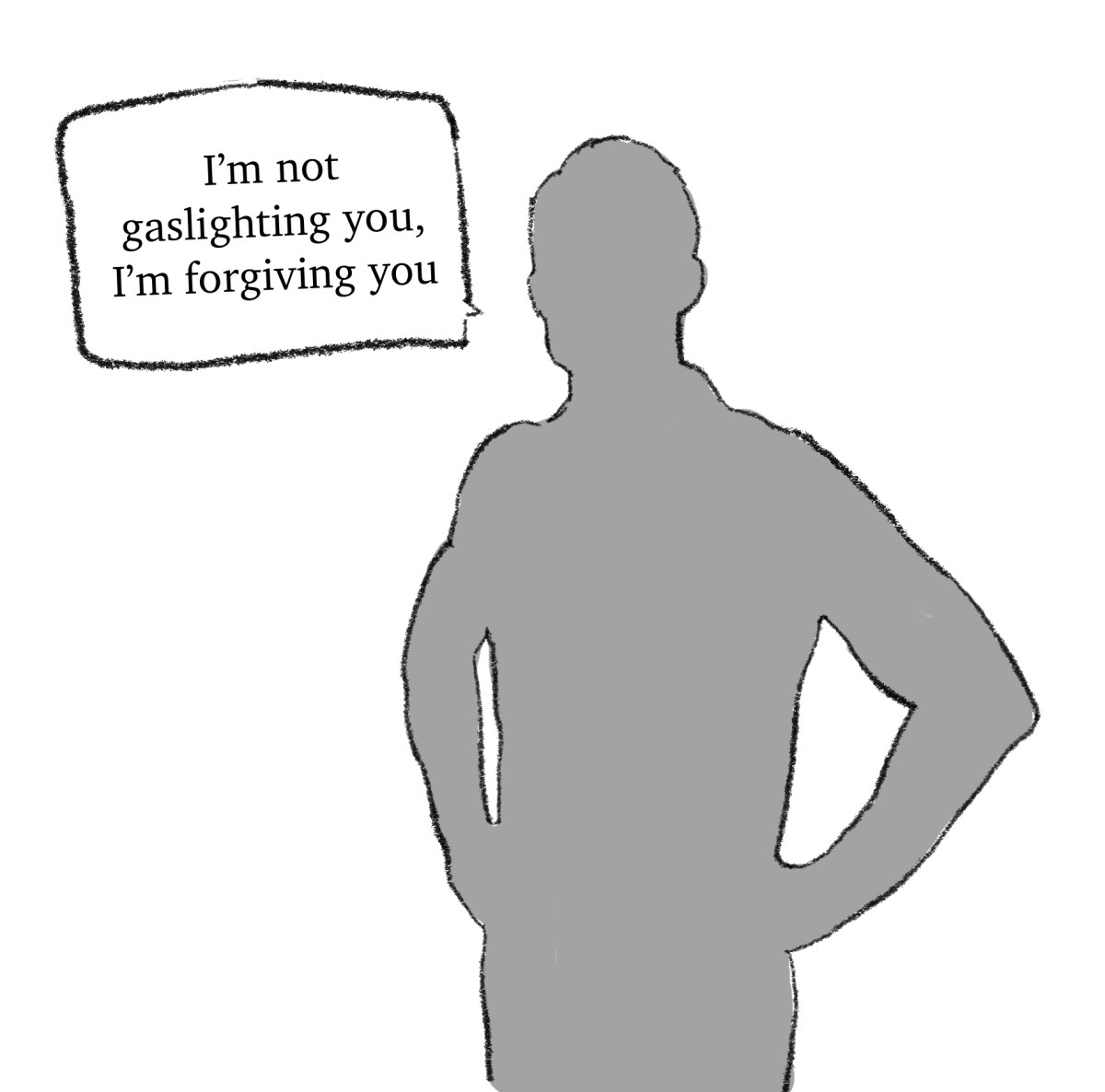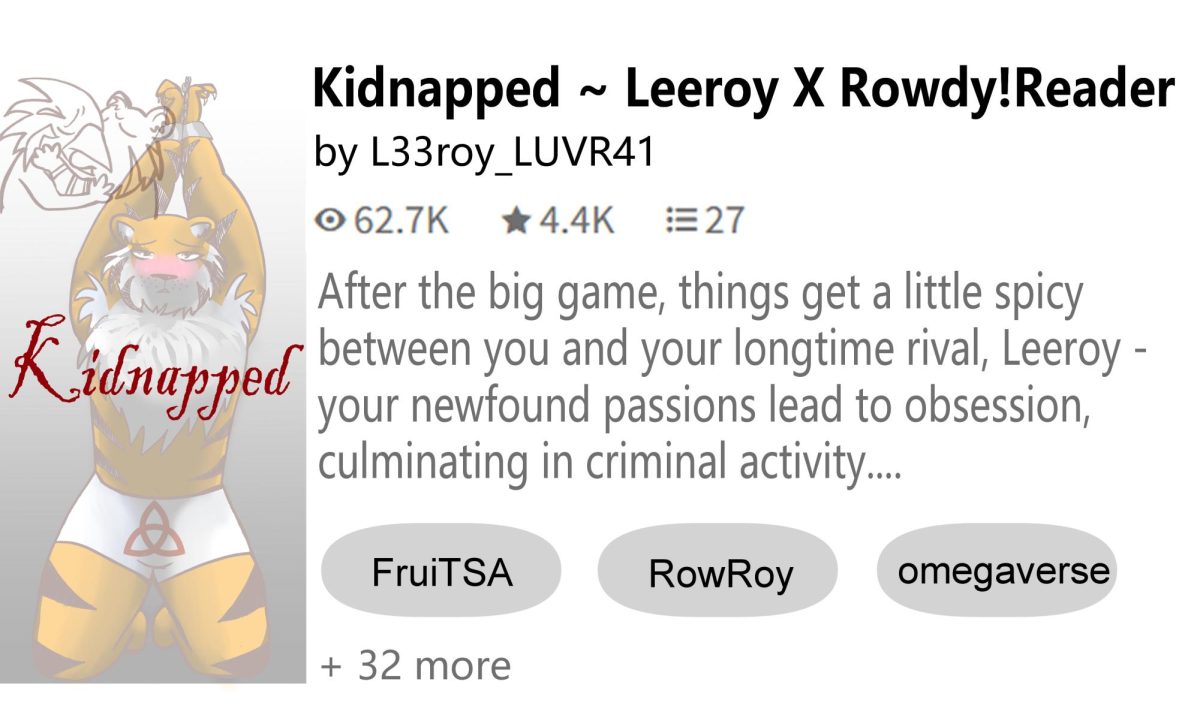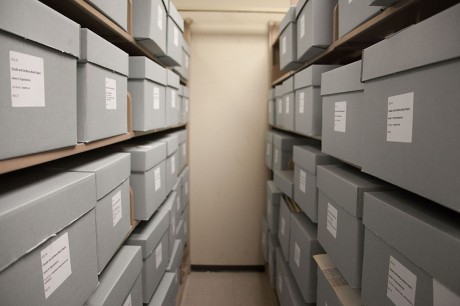
After spending two months sorting through piles of photographs, notebooks and letters and sending all of the documents off to be treated in oxygen-deprived vacuum chambers, Donna Morales Guerra has finally amassed a 100 cubic-foot collection of the papers of civil rights activists Claude Black and his wife, ZerNona Black.
The exhibit, titled “Encounters of Faith and Community” and now on display in Coates Library, features letters, flyers, articles and memorabilia from Black’s involvement in the Civil Rights Movement.
Located prominently on the library’s third floor between Java City and the circulation desk, the exhibit also displays Trinity’s connection to the community according to junior Grace Yu who works at the circulation desk no more than 10 feet from the collection.
“It plays into the fact that Trinity is a liberal campus and acknowledges how far we’ve come,” Yu said. “It’s a personal history that resonates, especially with African Americans.”
The idea to have Trinity be the host of the documents came from Carey H. Latimore IV, chair of the history department, when he became aware that the donor of the collection, Taj Matthews, was trying to find a place for the collection.
“Carey had some really great ideas about how his students and students at Trinity in general could benefit from using the collection in terms of learning about primary sources and analyzing primary sources because that’s not really an experience that a lot of students get to have, especially at the undergrad level,” said Amy Roberson, special collections librarian and university archivist.
In order to acquire the papers, it was important for Trinity to establish a close relationship with Matthews, who is also Claude and Zernona’s grandson. Latimore’s relationship with Claude Black played a large role in acquiring the papers.
“Creating a relationship with the potential donor is really important because there is some level of trust that has to be there between the donor and the archives, whether the archives is Trinity University or the Smithsonian. People are transferring their family’s materials out of their home, so the trust issue is very important,” Roberson said.
Guerra, who was hired by Trinity in February 2012 to serve as the project archivist for the Claude and ZerNona Black papers, has been busy digitalizing much of the collection since it arrived at Trinity. This part of the job is especially important for materials in the collection that are too fragile to handle.
“That’s a major step because that pretty much opens the collection to people who want to see what’s in there, and that’s how they’ll find out if there’s something they want to research in there in the collection. Access is the name of the game in archives. We get the stuff, and we don’t want to just keep stuff here as a lifelong treasure. We want it to be used and handled as much as possible,” Guerra said.
Guerra said that a collection like this is unusual because of how well-documented everything is and how much it covers overall.
“For the most part, we haven’t really seen a collection of its size that is the collection of one person and their amassed materials throughout their life that kind of covers a whole range of a life’s activity,” Guerra said. “There generally aren’t that many like this in the Southwest in general. In the Deep South, you’ve got a lot of things, but starting from Texas west it gets a little bit spotty,” Guerra said.
Religion was a huge part of Claude Black’s life. Black’s work in civil rights was for him simply a branching-out of his faith.
“It has parallels with some people’s collections in that it shows civil rights approached through a ministry foundation. Reverend Black definitely wanted to be remembered as a minister first. That’s why I called the exhibit “˜Encounters of Faith and Community’ because the faith for him was the first thing; that I have definitely seen over and over,” Guerra said.
Roberson also finds the religion aspect of the Black collection to be quite fascinating.
“Claude Black was very interested in learning about other groups of people and other religions, and I think that’s evident in the collection from the types of magazines that he subscribed to. That’s really interesting to me and possibly to people who want to understand how the mind of someone like this was thinking about Civil Rights in the world,” Roberson said.
Although Guerra cannot narrow her favorite thing about the collection down to one item, she did enjoy how Black’s personality really shines through in his writing.
“The snippets of his sense of humor throughout the collection make me laugh out loud and give me a sense of him as a man moving through time and doing all of these things,” Guerra said.
Among some of the more interesting items in the collection are a signed letter from Lyndon B. Johnson and Claude Black’s Trinity student ID and notes from the urban studies classes he took here in the 1970s with the late Earl Lewis, with whom Black had a very close relationship.
Those interested in keeping up with the display can visit the library’s special collections and archives blog at http://archivestrinity.blogspot.com.

